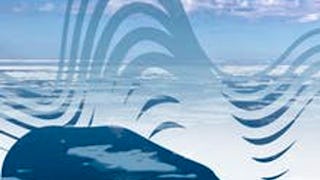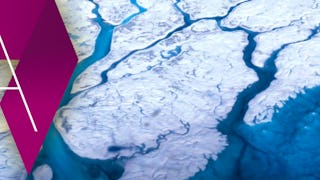Welcome to this online course – Peoples and cultures in the Arctic.
In this, the 4th instalment of The Arctic MOOCs we want to bring you closer to peoples and cultures living in the circumpolar Arctic. Therefore, this is more like a documentary than a classical course. Our hope is that by getting to know people living in the Arctic you gain a better insight and understanding of what the Arctic means to thousands of individuals, but also that you, by acquiring more knowledge can become a valuable advocate for environmental and other issues facing the future of the Arctic. This is a collaboration between UArctic, University of Alberta, and UiT Arctic University of Norway.



















